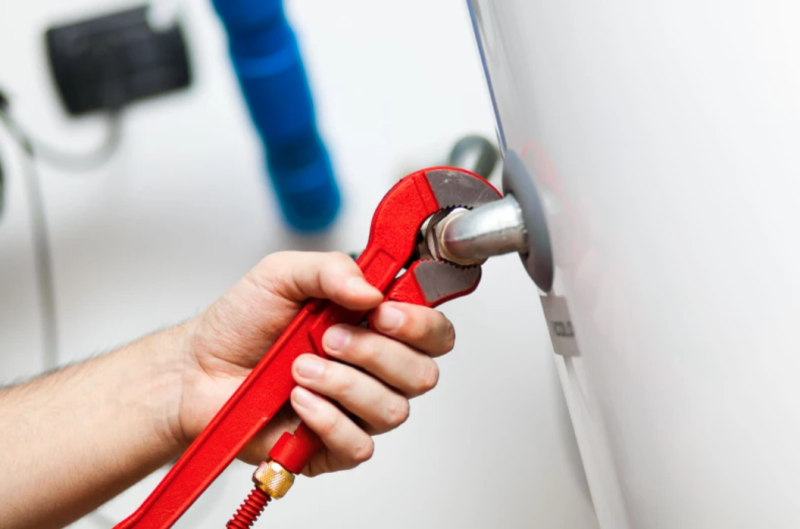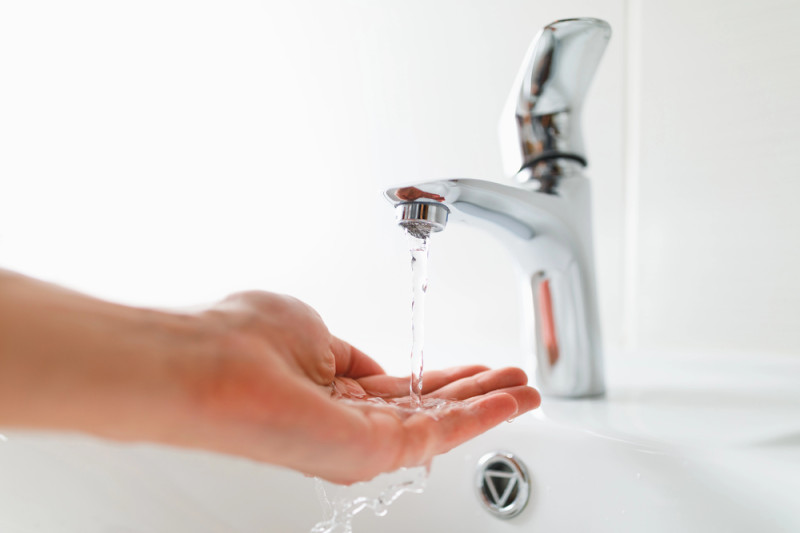Old homes are filled with charm and character, but their age often brings a host of challenges – especially when it comes to plumbing. The outdated plumbing systems in older houses may have been installed decades ago, using materials and methods that can deteriorate over time. As a result, plumbing problems in old houses can be a common concern for Perth homeowners.
In this article, we’ll explore the common plumbing problems in old houses, how to spot them, and what you can do to maintain or upgrade your plumbing system.
Suspect a plumbing problem? Fear not, our team of local Perth plumbers are here to help! Call us today.
Why Are Plumbing Issues More Common in Old Homes?
Plumbing systems in older homes were built with materials and designs that are prone to wear. Over time, pipes corrode, connections weaken, and the outdated water system fails to meet modern standards.
These factors contribute to the frequent plumbing issues in old homes and can lead to water leaks, clogs, and even costly water damage.
Common Plumbing Problems in Old Homes
Here’s a rundown of the most common plumbing problems in old houses and how they can affect your home:
1. Corroded or Rusted Pipes
Older homes often have pipes made from materials like galvanised steel or iron, which are prone to corrosion and rust. Over time, these pipes can weaken, restricting water flow and causing leaks. Replacing corroded pipes with modern materials like copper or PEX is often the best solution to prevent further issues.
2. Outdated Pipe Materials
In some older homes, pipes may even be made of lead, a material that poses serious health risks. Lead pipes can leach harmful particles into your water supply, making it unsafe for consumption. This is one of the most critical plumbing issues in old houses and should be addressed immediately by replacing lead pipes with safe, modern alternatives.
3. Low Water Pressure
Low water pressure is a common complaint in older homes. It’s often caused by mineral build-up in pipes or partially clogged fixtures, which reduce water flow. In some cases, the issue may stem from old, undersized pipes that cannot accommodate modern water use needs.
4. Leaking or Damaged Fixtures
Outdated fixtures like taps, sinks, and toilets in older homes may show signs of wear, such as leaks, cracks, or difficulty functioning. These leaks not only waste water but can also damage your home’s structure over time.
5. Sewer Line Problems
Sewer lines in older homes are typically made from clay or cast iron, materials that can crack or collapse over the years. Tree roots are also a significant concern, as they can infiltrate old sewer lines and cause sewer blockages or backups.
6. Outdated Drainage Systems
The drainage systems in older homes may not meet modern plumbing standards, leading to frequent clogs or slow-draining sinks and tubs. Overhauling your drainage system with updated materials and designs can significantly improve water flow and reduce blockages.
7. Hidden Leaks
Hidden leaks are among the most troublesome plumbing issues in old homes. These leaks often occur behind walls or under floors, making them difficult to detect until significant damage has occurred. Regular plumbing inspections by professional plumbers can help identify and resolve these issues before they become major problems.
How to Address Plumbing Problems in Old Houses
Dealing with common plumbing problems in old houses doesn’t have to be overwhelming. Here are some steps you can take to maintain or upgrade your plumbing system:
1. Schedule Regular Inspections
Hire a professional plumber to inspect your system regularly. This can help you identify issues like corroded pipes, hidden leaks, or outdated materials before they lead to costly plumbing repairs.
Did you know all members of Swan’s Professional Plumbing receive a FREE annual plumbing health check? Prevent plumbing problems early before they become a plumbing emergency.
2. Upgrade Your Plumbing System
If your home still has outdated materials like galvanised steel or lead pipes, consider upgrading to modern materials such as copper or PEX. This investment not only improves water quality but also prevents leaks and other problems.
3. Repair or Replace Fixtures as Needed
Leaky or damaged fixtures should be repaired or replaced promptly. Modern fixtures are more water-efficient, helping you save on water bills.
4. Address Sewer Line Issues
If you’re experiencing frequent backups or blockages, have a plumber inspect your sewer line for damage or tree root infiltration. In many cases, trenchless sewer repair methods can resolve the issue without extensive digging.
5. Install Water Pressure Regulators
Low or high water pressure can strain your plumbing system. Installing a water pressure regulator helps ensure consistent, balanced water pressure throughout your home.
Preventing Future Plumbing Issues in Old Houses
Maintaining the plumbing in an older home requires ongoing care and attention. By addressing problems early, upgrading outdated materials or fixtures with a complete bathroom renovation, and working with a professional plumber, you can extend the lifespan of your plumbing system and avoid unexpected disasters.
Need Help with Plumbing Issues in Old Homes?
If you’re facing plumbing problems in old houses, Swan’s Plumbing is here to help. Our experienced team can inspect your system, diagnose issues, and recommend the best solutions to keep your plumbing running smoothly.
Contact us today for expert advice and reliable plumbing services.



